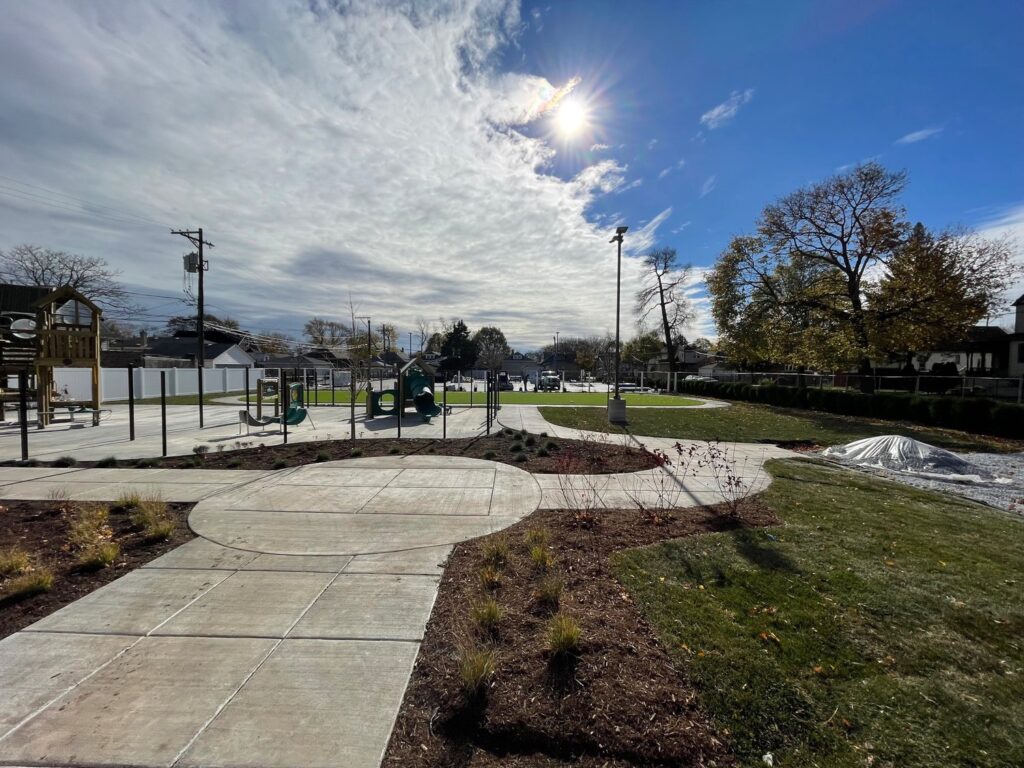Calumet Heights
Calumet Heights, positioned 11 miles southeast of Chicago’s Loop, is one of the 77 well-defined community areas of the city. The area is named after the neighboring Calumet River and the ridge of Niagara limestone that runs through it. The community is geographically bound by 87th Street to the north, South Chicago Avenue to the east, and railroad lines to the west and south along 95th Street.
Historical Overview
In the early years, the Calumet Heights region was mostly unoccupied due to its swampy nature. The Calumet and Chicago Canal and Dock Company purchased property in the area in the 1870s, foreseeing future use.
In 1881, a significant development occurred when the New York, Chicago & St. Louis railroad established rail yards along the area’s western border. This led to the development of a small settlement nearby.
A boost in residential growth came with the construction of a quarry near 92nd Street and the creation of the Calumet Heights subdivision by real-estate developer Samuel E. Gross in 1887. The area was annexed by Chicago in 1889, with the adjacent Stony Island and South Chicago Heights subdivisions following suit in 1890 and 1891.
During the post-war years, the population grew significantly, reaching 19,352 by 1960. Between 1960 and 1980, the community underwent a drastic demographic shift, with African Americans constituting almost 86% of the population by 1980.
Demographics
In 2015, the median income in Calumet Heights was slightly higher than that of Chicago in general. This includes a higher percentage of Calumet Heights residents earning $75,000 to $149,999 than residents of Chicago at large.
According to a 2017 analysis by the Chicago Metropolitan Agency for Planning, the area was home to 13,732 people and 5,369 households. The racial makeup was 2.2% White, 93.5% African American, and 1.0% other races. Self-identifying Hispanics or Latinos of any race constituted 3.2% of the population.

Economic Landscape
An analysis by the University of Illinois at Chicago’s Great Cities Institute estimated that there were 2,327 jobs in the Calumet Heights community area. The top employing industry sector was healthcare (58.7%), followed by accommodation and food (12.1%), retail trade (8.4%), administration (3.6%), and other services (3.5%).
Education
Calumet Heights is part of the City of Chicago School District #299 and City Colleges of Chicago District #508. The nearest City Colleges campus is Olive-Harvey College in Pullman. The community is also home to the Bronzeville Children’s Museum, the only children’s museum in the US focused on African-American history.
Geographical Features
Calumet Heights includes neighborhoods such as Calumet Heights, Pill Hill, and Stony Island Heights. The area is known for a stony hill named Stony Island, which was once an island when glacial Lake Chicago covered the region thousands of years ago.
Political Landscape
Calumet Heights is known for its strong Democratic leanings. In the 2016 presidential election, the area cast 7,840 votes for Hillary Clinton and 184 votes for Donald Trump. At the local level, the community is represented by Democrats Gregory Mitchell, Michelle A. Harris, and Susie Sadlowski Garza.
Prominent Personalities
Some of the notable personalities from Calumet Heights include Dorothy A. Brown, Clerk of the Circuit Court of Cook County, and Common, a Grammy-winning rapper, actor, and songwriter. Alderman Greg Mitchell from Chicago’s 7th ward is also a longtime resident of Calumet Heights.


